Summer Traditions in Ireland
Another look into the Irish traditions mentioned in James Mooney’s 1889 paper The Holiday Customs of Ireland.
Whitsunday
Whitsunday was a movable festival usually celebrated near the end of May, or the beginning of June. Mooney says it was considered an unlucky season and “should a man born on any one of these three days (Whitsunday plus the following Monday and Tuesday) ever throw a stone it will inevitably kill or cripple someone.” and that no clothes should be washed, or any sheep washed for shearing between Saturday and Thursday of that week. “Above all no one must go near the water, wither for bathing or boating, or even cross a stream, for at this season one may be drowned in a cup of water.” He also states that there is one hour during the three day span is the most hazardous or potentially fatal, but “no one may which is the hour, or even on which of the three days it occurs (and) the only way to avoid the evil consequences is to observe the prohibitions until the period is terminated.” Unfortunately he doesn’t actually say why this part of the season is so hazardous, but a clue might be that “At this time also the water spirits come up out the sea to hold their revels on shore and the water horse rises from the lough to graze at midnight in the green pastures at it’s bank.” Clearly if those spirits are active it might be a wise time to avoid water, or soiling water with your washing. And don’t forget to sprinkle some holy water around the house as the fairies are to be feared at this time as well…
St. John’s Eve
St. John’s Eve, June 23rd was also sometimes call Midsummer Night, (Although depending on the shift of the calendar, the actual summer solstice point occurs sometime between June 20 and June 22 in the Northern Hemisphere. It will be at June 21 at 3:54 pm this year) Mooney explains that “it was one of the most solemn festivals of the ancient Pagan world and numerous vestiges of it exist throughout the greater part of Europe after nearly two thousand years of Christianity” and that Midsummer fires still would burn upon hilltops throughout Ireland on the “Night of St. John’s Fire”.
“In pre-Christian times the first fire to be lighted was on the hill of Howth, on the east coast of Ireland, near Dublin, and the moment the flames appeared through the darkness a great shout went up from the watchers on all the surrounding hilltops where other blazes were quickly kindled until the whole country was in a blaze.“
He quotes from a description from as late as 1682 that there was a bonfire in every town and “a stranger would go near to imagine the whole country was on fire.” In 1723 another writer said “they make bonfires and run along the streets and fields with wisps of straw blazing on long poles to purify the air, which they think infectious, by believing all the devils, spirits, ghosts and hobgoblins fly abroad this night to hurt mankind.“
In his time Mooney says the fires were generally lit after dark, although in some northern areas they were lit in the afternoon. People would then gather around the fire with pipers and fiddlers for dancing and merriment. It was customary to walk around the fire three times saying certain prayers in the the hope of warding off illness in the coming year. The festivities in Down began during the afternoon when a procession carrying a effigy named “Paddy” and danced around the fire to a fiddler. As the fire burnt low young men would leap over the flames and later women and girls would later walk across the hot embers. On their way home some of the people would take some of the live coals and ashes to sprinkle in their fields in hopes for a good crop or brought home a turf lit from the fire to their hearth fire in hopes for prosperity.
In Kerry, blazing brands are are taken from the first to lightly singe the cattle, or they are driven through the dying fire as is also done at Beltane in hopes of increasing their herds and protecting them from disease. The next morning is said to be the proper time for hunting mushrooms and coals form the Midsummer fire were sometimes sewn into clothes to prevent women from being carried off by the fairies.
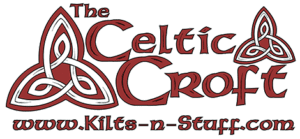
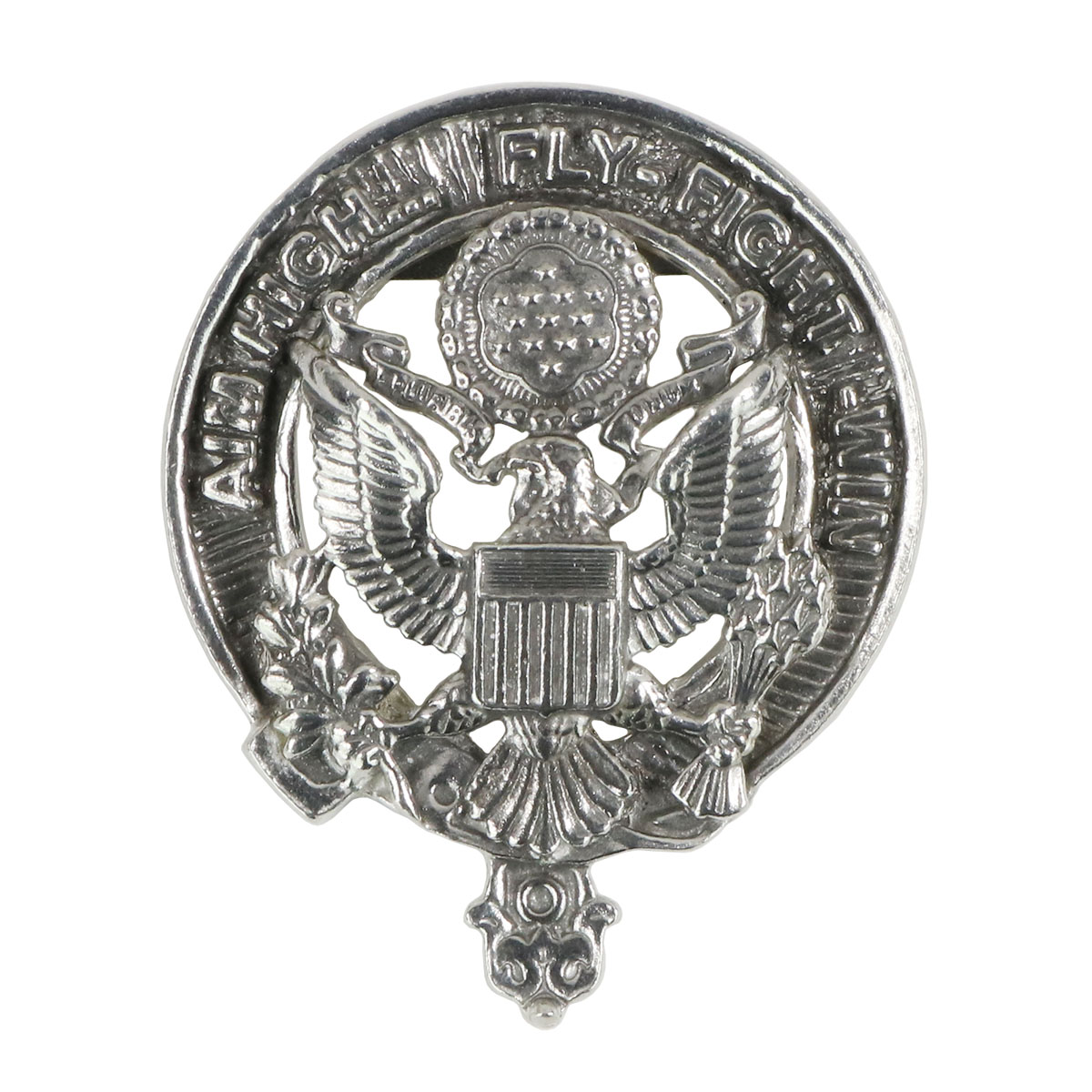
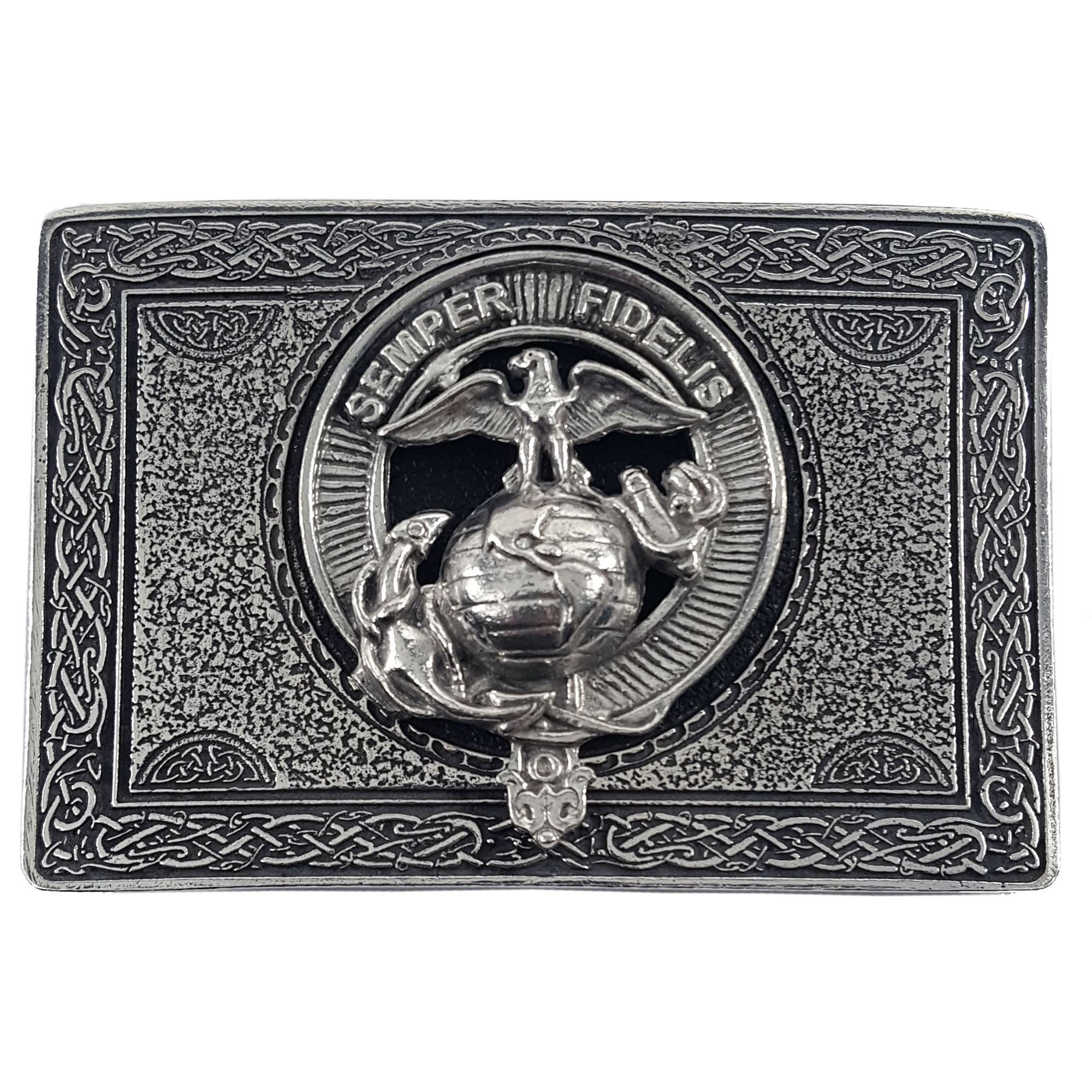
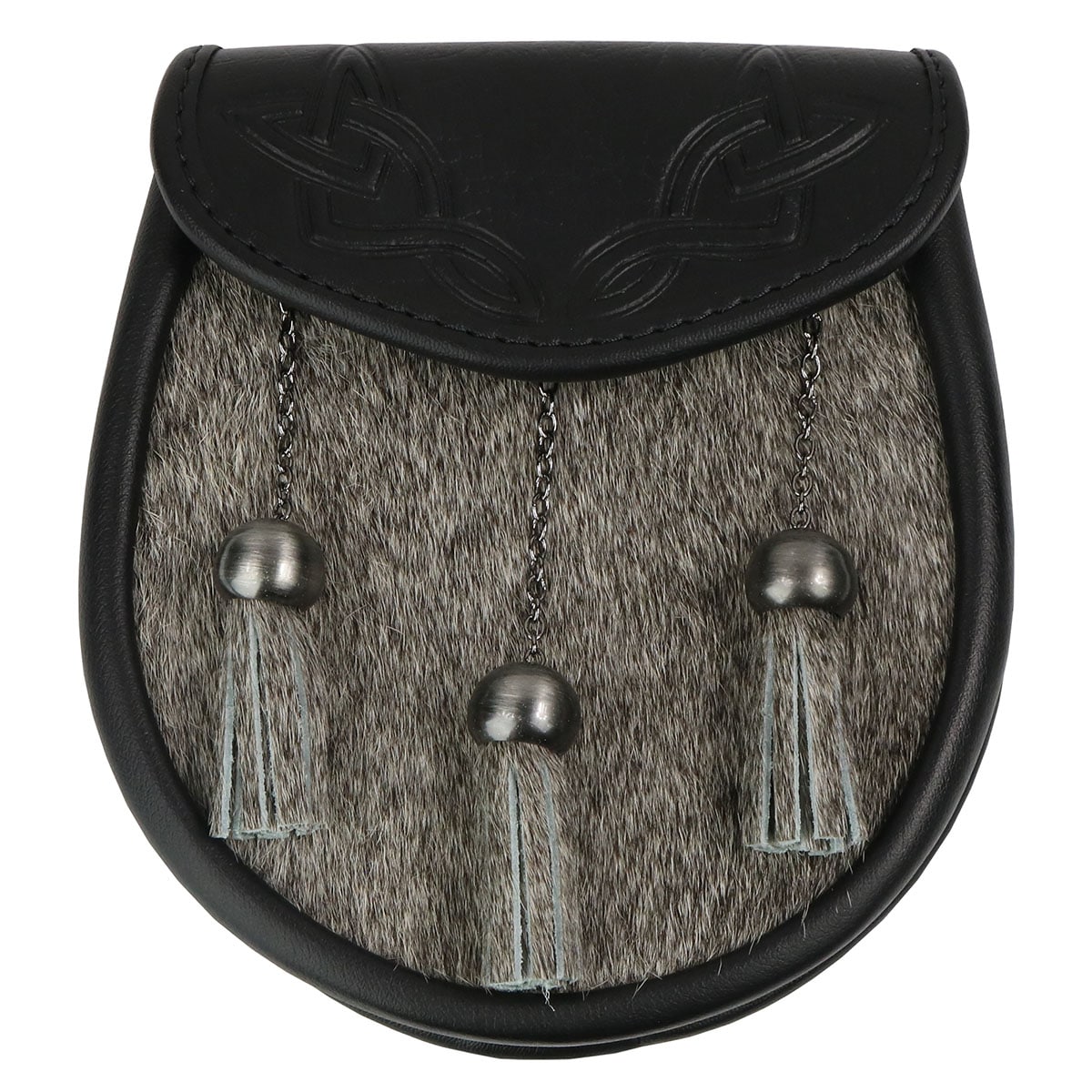
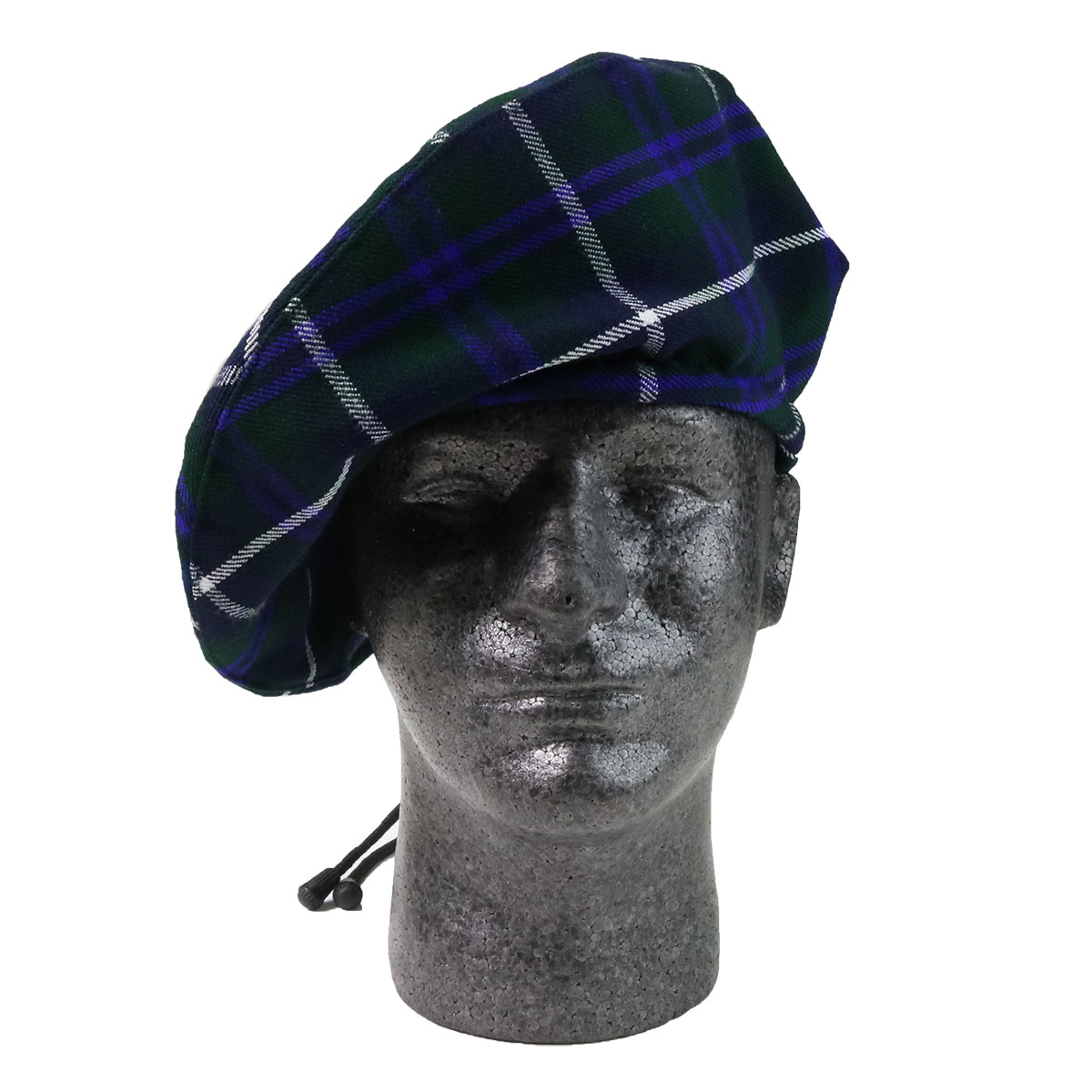
1 Comment. Leave new
Really cool read!